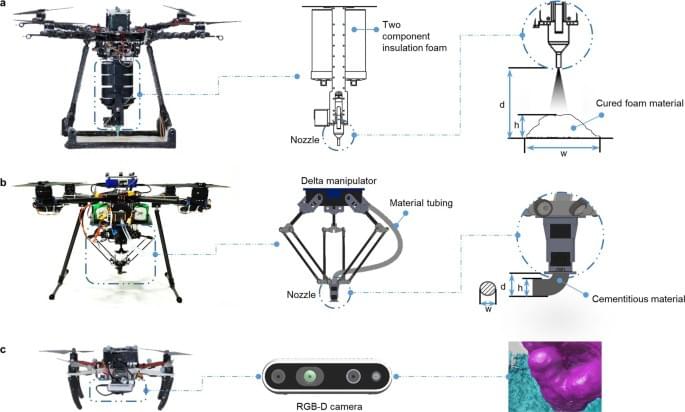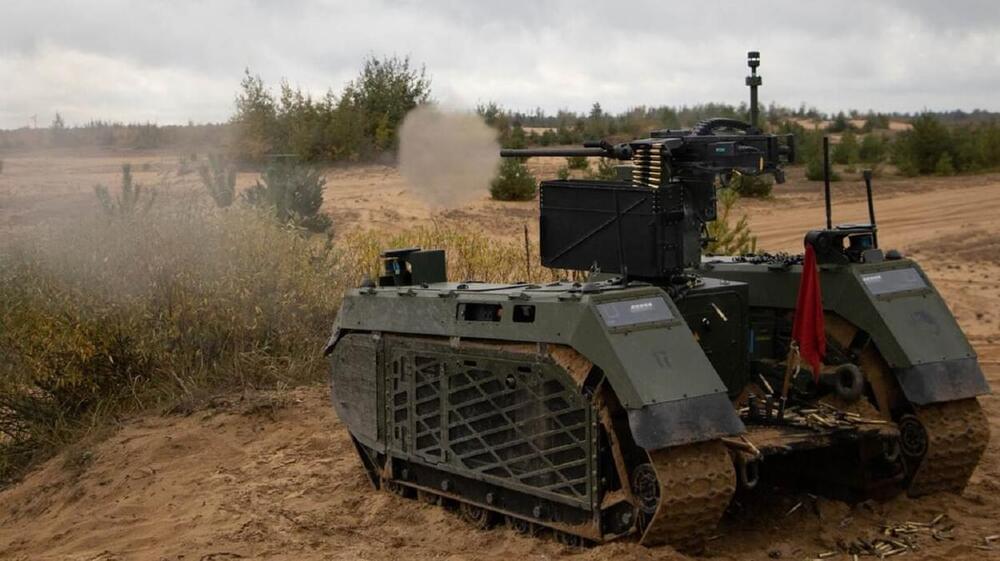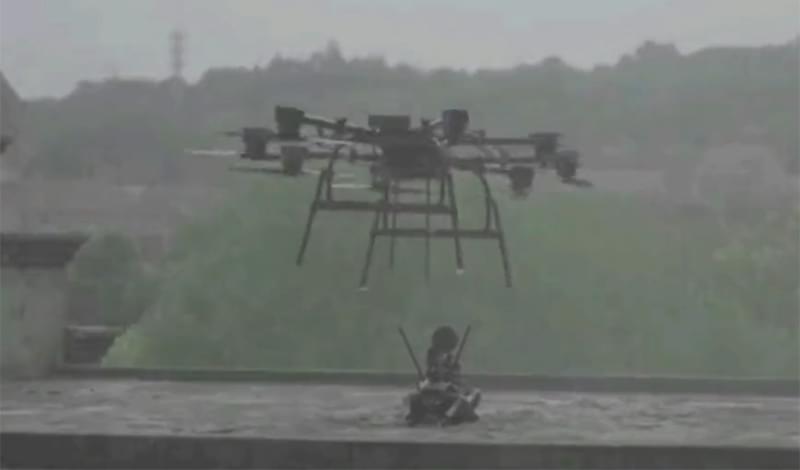For proper operation, drones usually use accelerometers to determine the direction of gravity. In a new study published in Nature on October 19, 2022, a team of scientists from Delft University of Technology, the CNRS and Aix-Marseille University has shown that drones can estimate the direction of gravity by combining visual detection of movement with a model of how they move. These results may explain how flying insects determine the direction of gravity and are a major step toward the creation of tiny autonomous drones.
While drones typically use accelerometers to estimate the direction of gravity, the way flying insects achieve this has been shrouded in mystery until now, as they have no specific sense of acceleration. In this study, a European team of scientists led by the Delft University of Technology in the Netherlands and involving a CNRS researcher has shown that drones can assess gravity using visual motion detection and motion modeling together.
To develop this new principle, scientists have investigated optical flow, that is, how an individual perceives movement relative to their environment. It is the visual movement that sweeps across our retina when we move. For example, when we are on a train, trees next to the tracks pass by faster than distant mountains. The optical flow alone is not enough for an insect to be able to know the direction of gravity.






